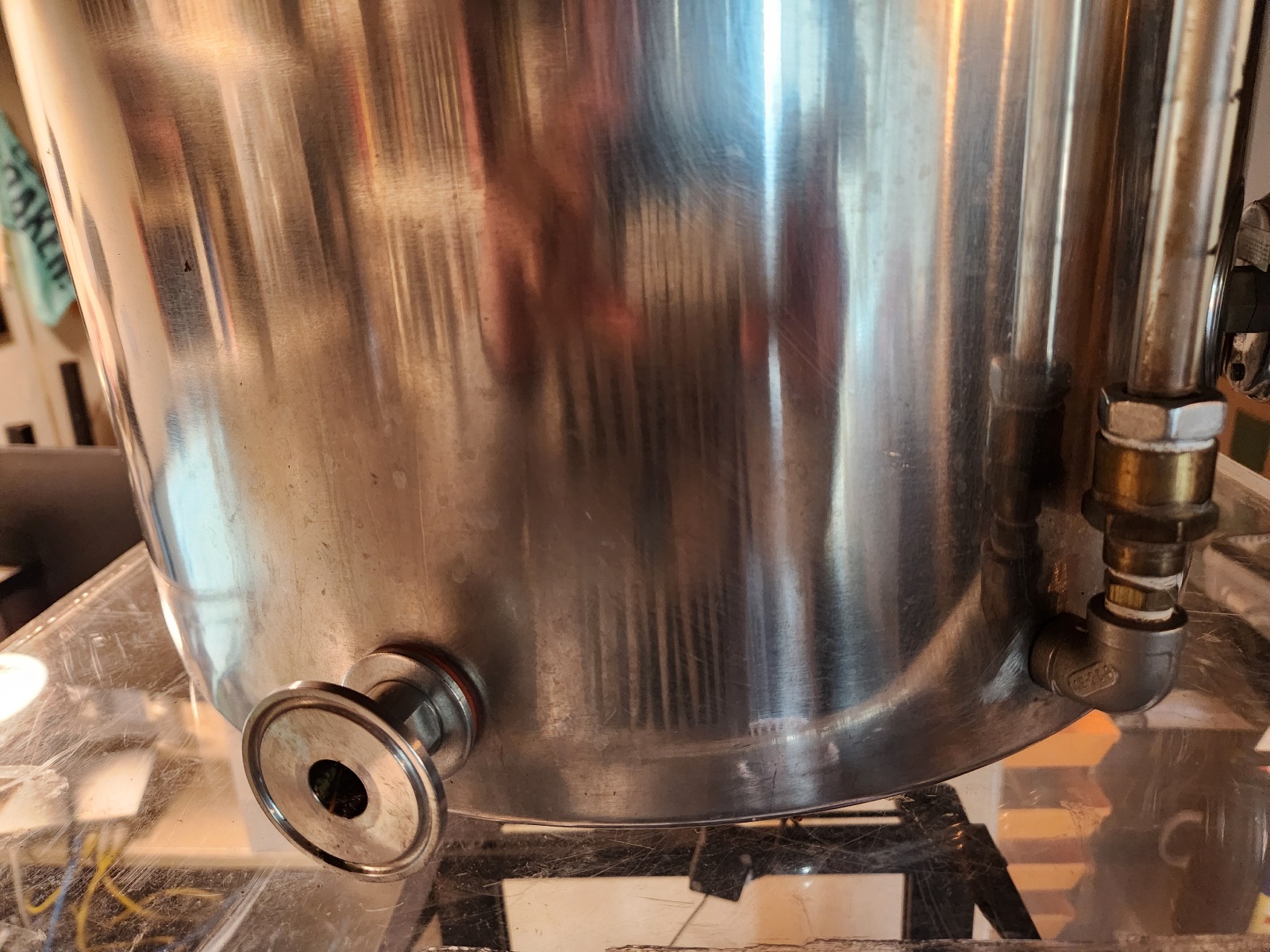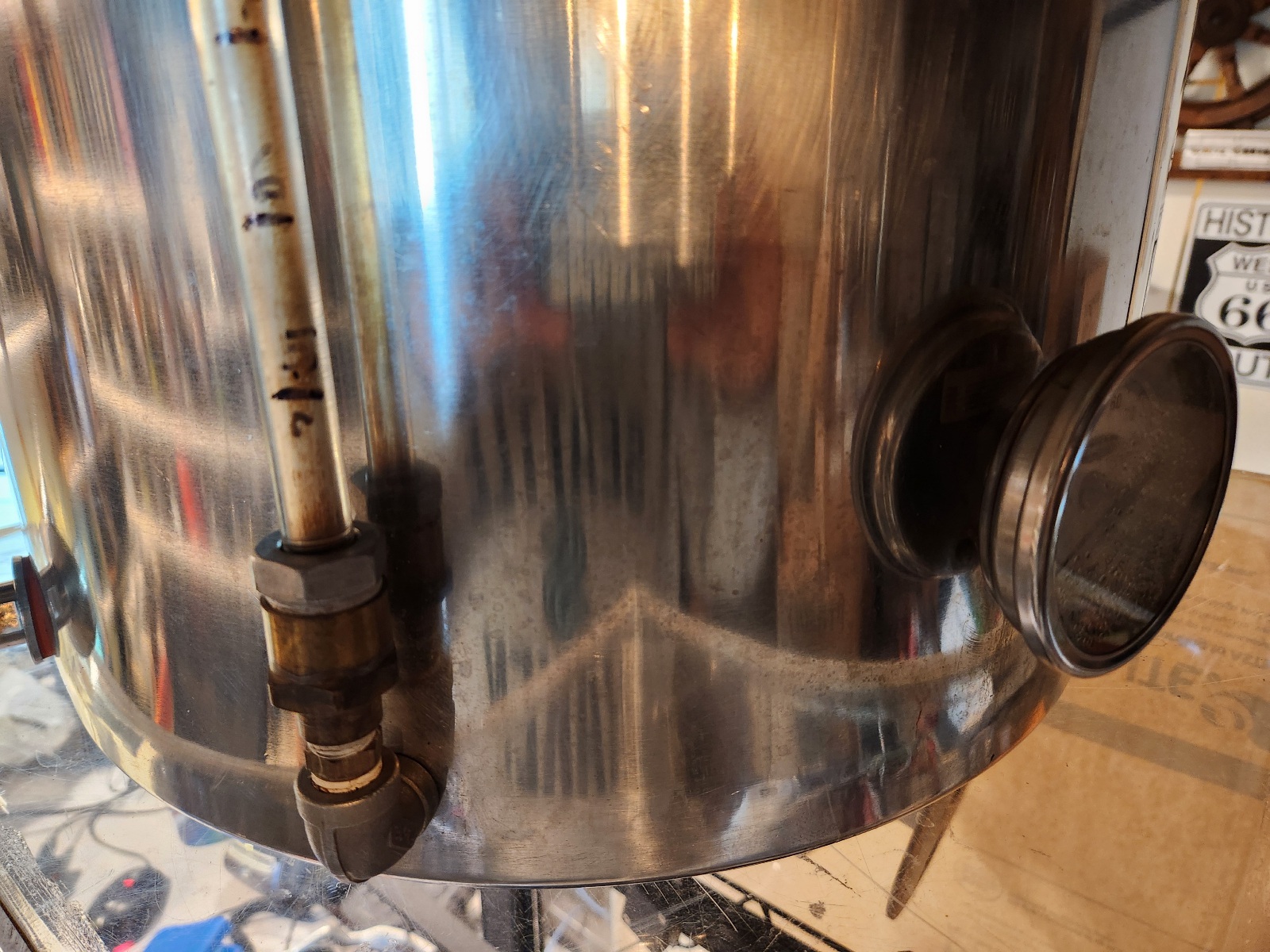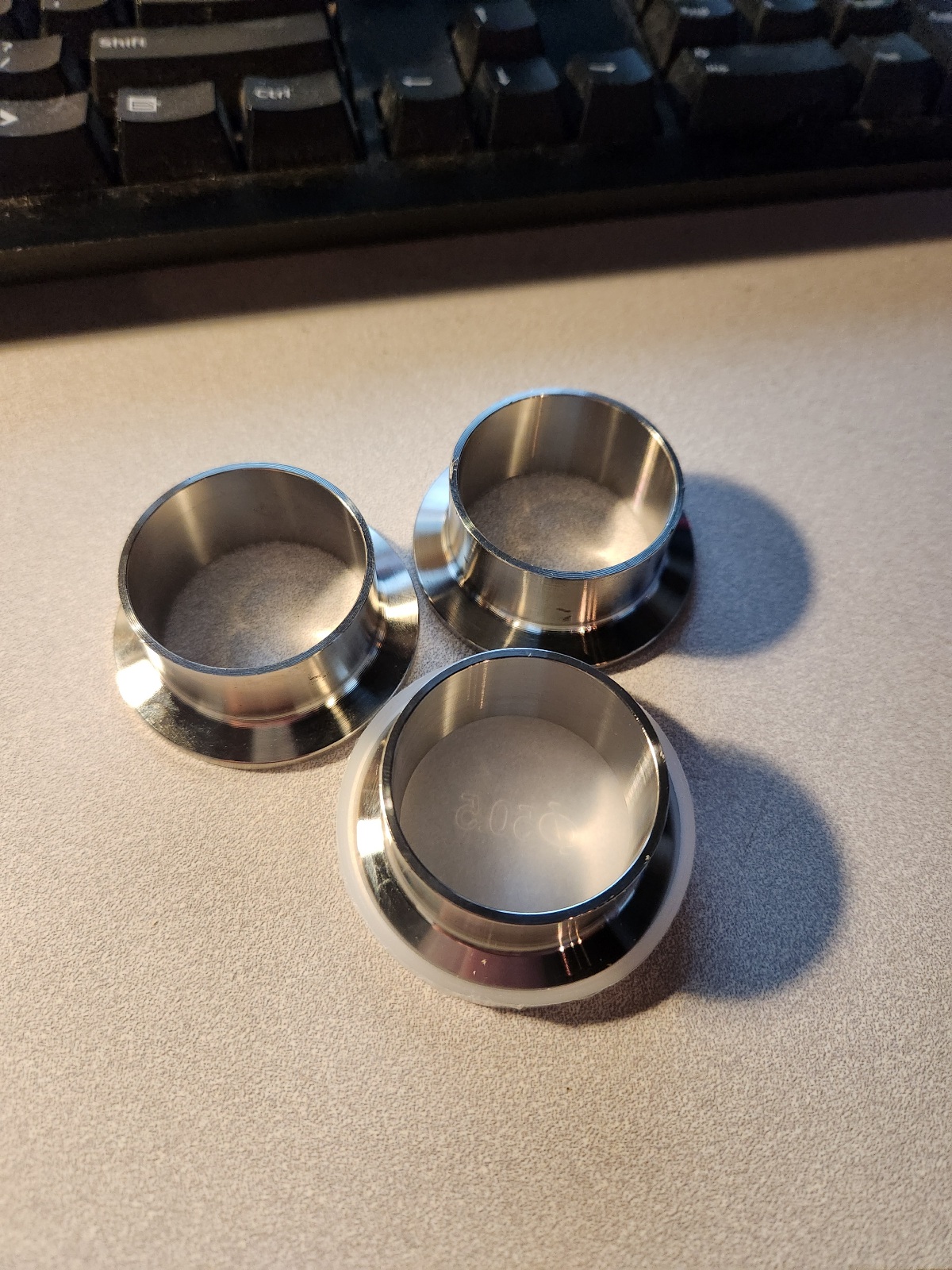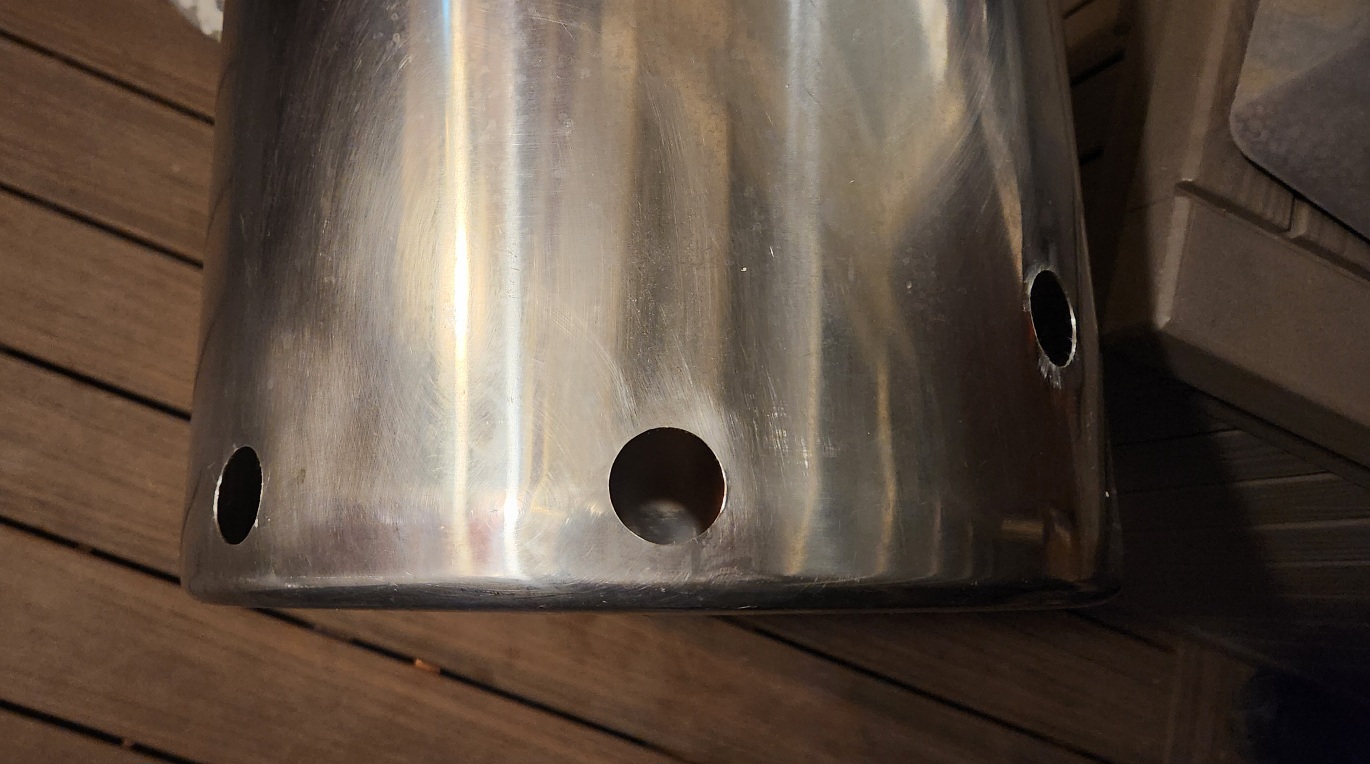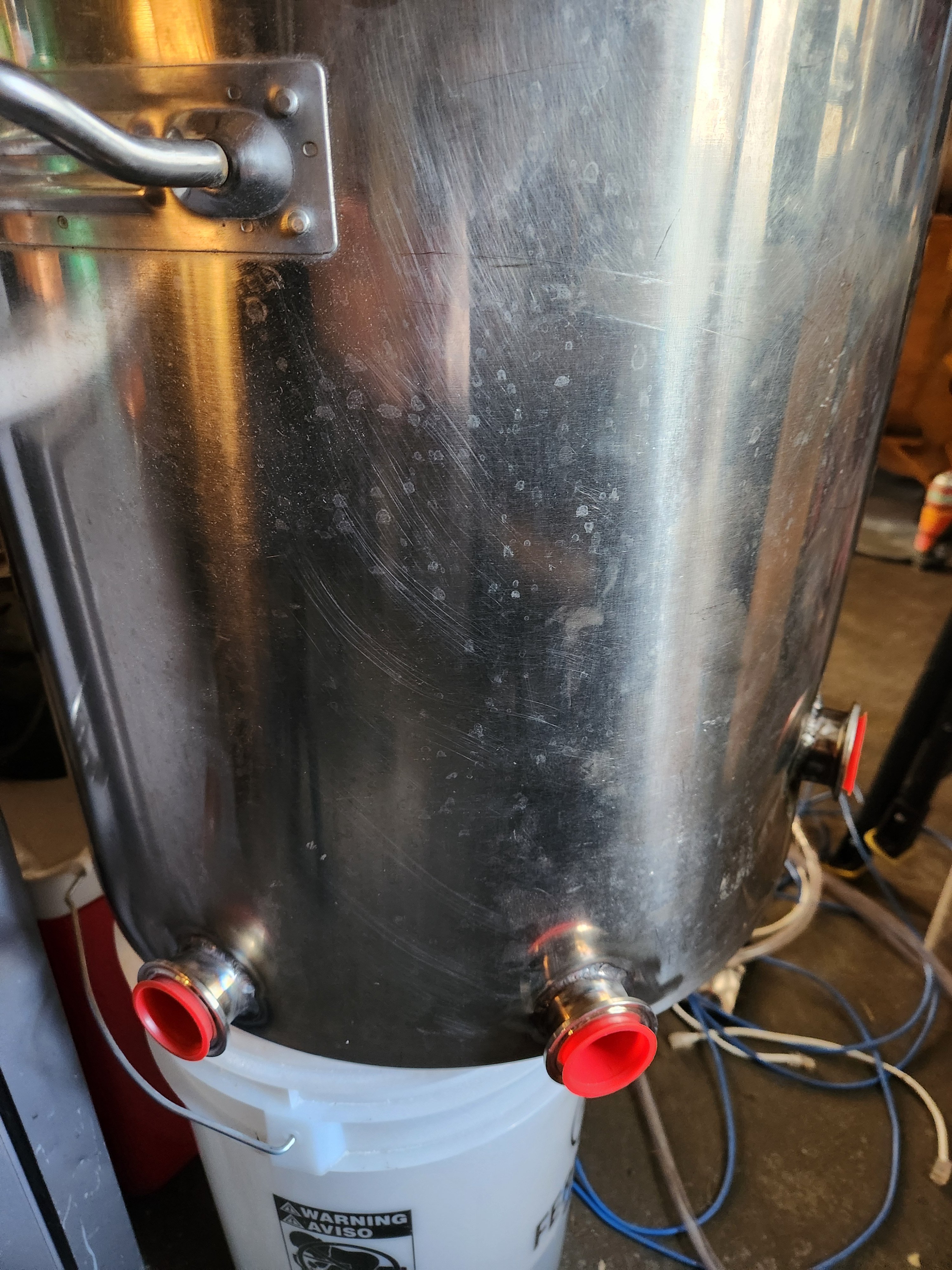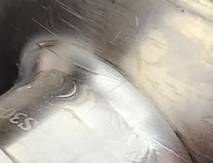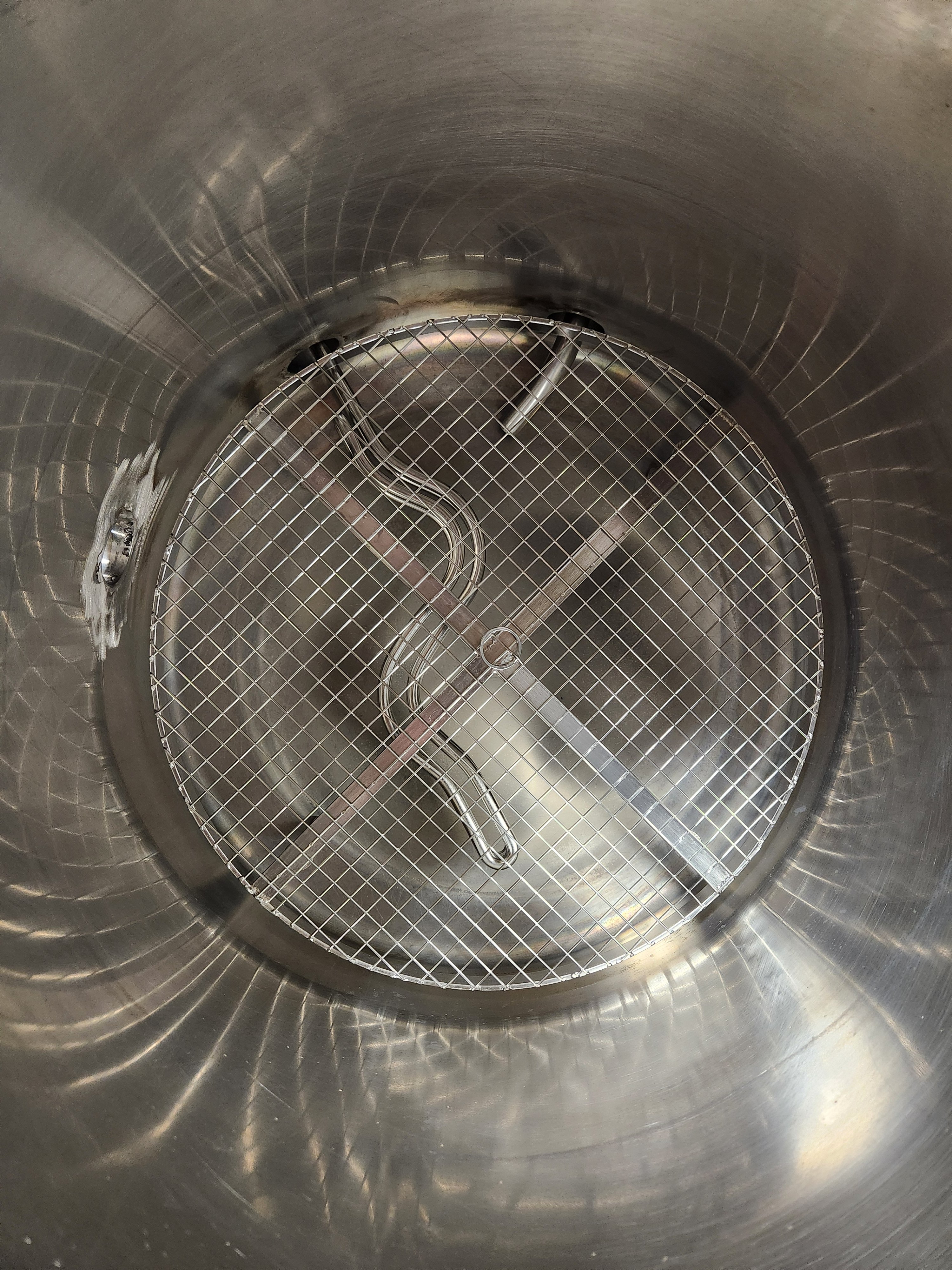shoengine
Whale Noun Member
Anyone use the offbrand non-Greenlee punches? I'm going to widen three holes on my kettle and at $20 I wonder if it will do the job?
https://www.amazon.com/SagaSave-Sheet-Hexagon-Cutter-Stainless/dp/B09MM49L7M
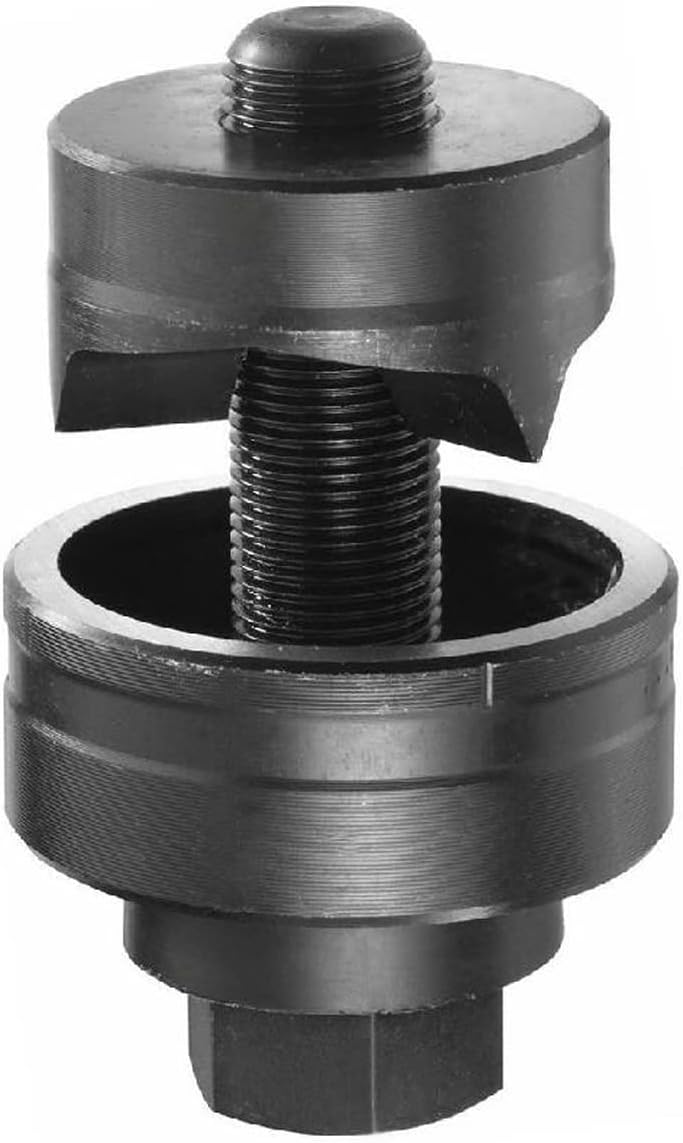
I don't forsee using it more than than three times do longevity isn't an issue.
https://www.amazon.com/SagaSave-Sheet-Hexagon-Cutter-Stainless/dp/B09MM49L7M

I don't forsee using it more than than three times do longevity isn't an issue.























![Craft A Brew - Safale BE-256 Yeast - Fermentis - Belgian Ale Dry Yeast - For Belgian & Strong Ales - Ingredients for Home Brewing - Beer Making Supplies - [3 Pack]](https://m.media-amazon.com/images/I/51bcKEwQmWL._SL500_.jpg)



































